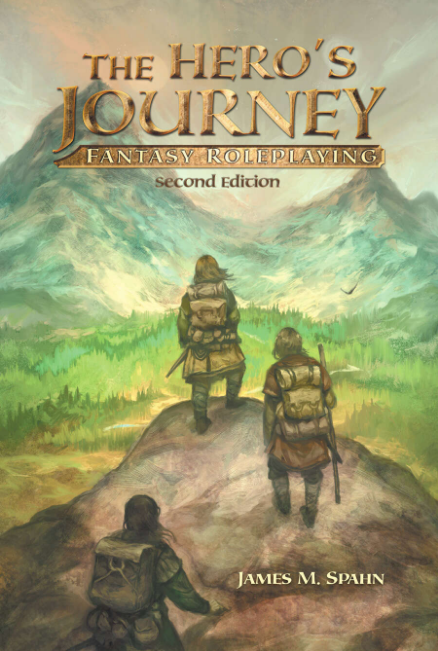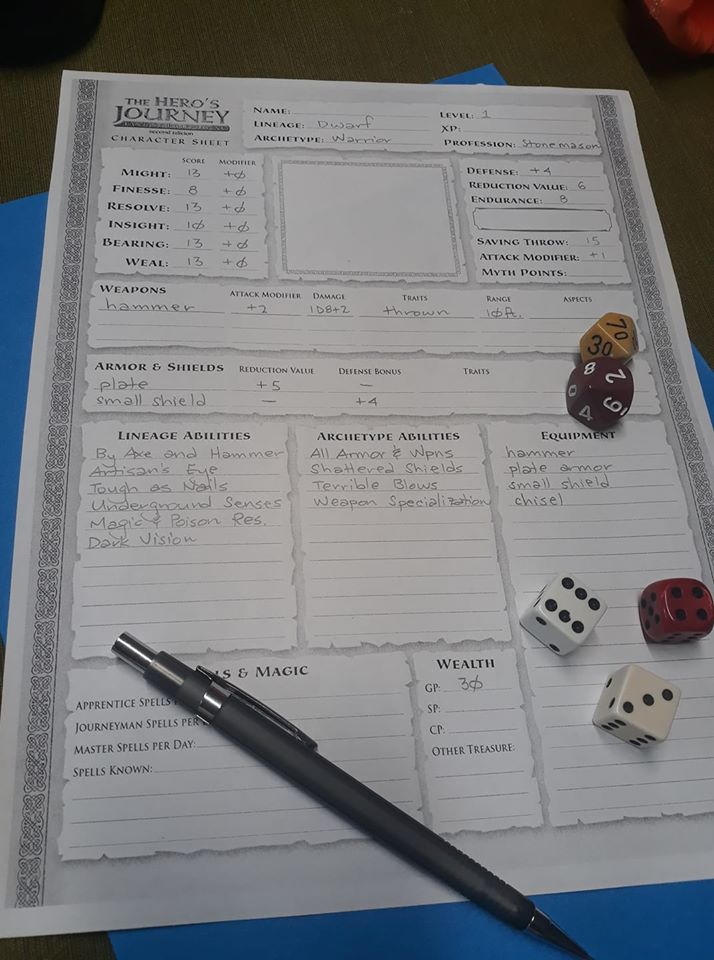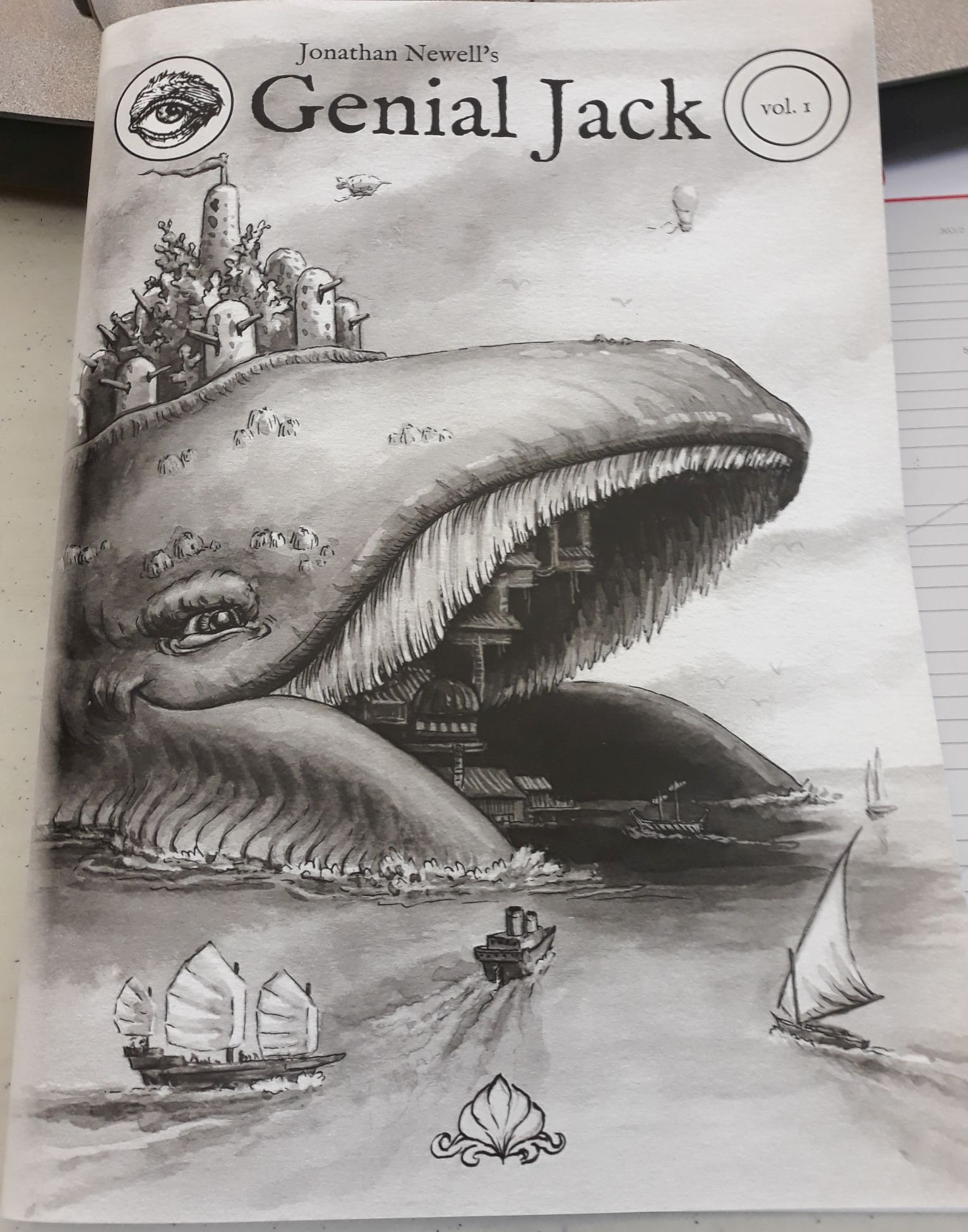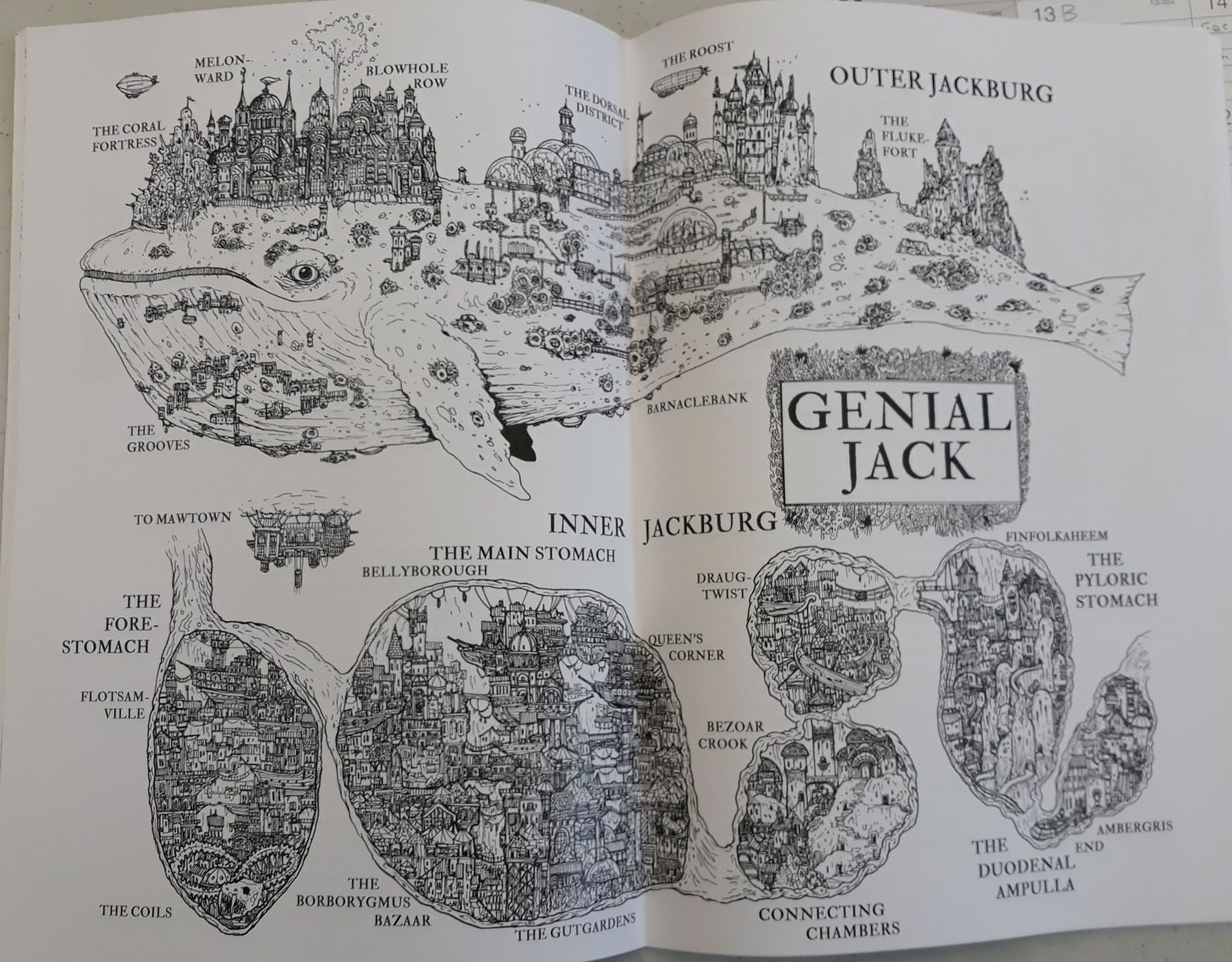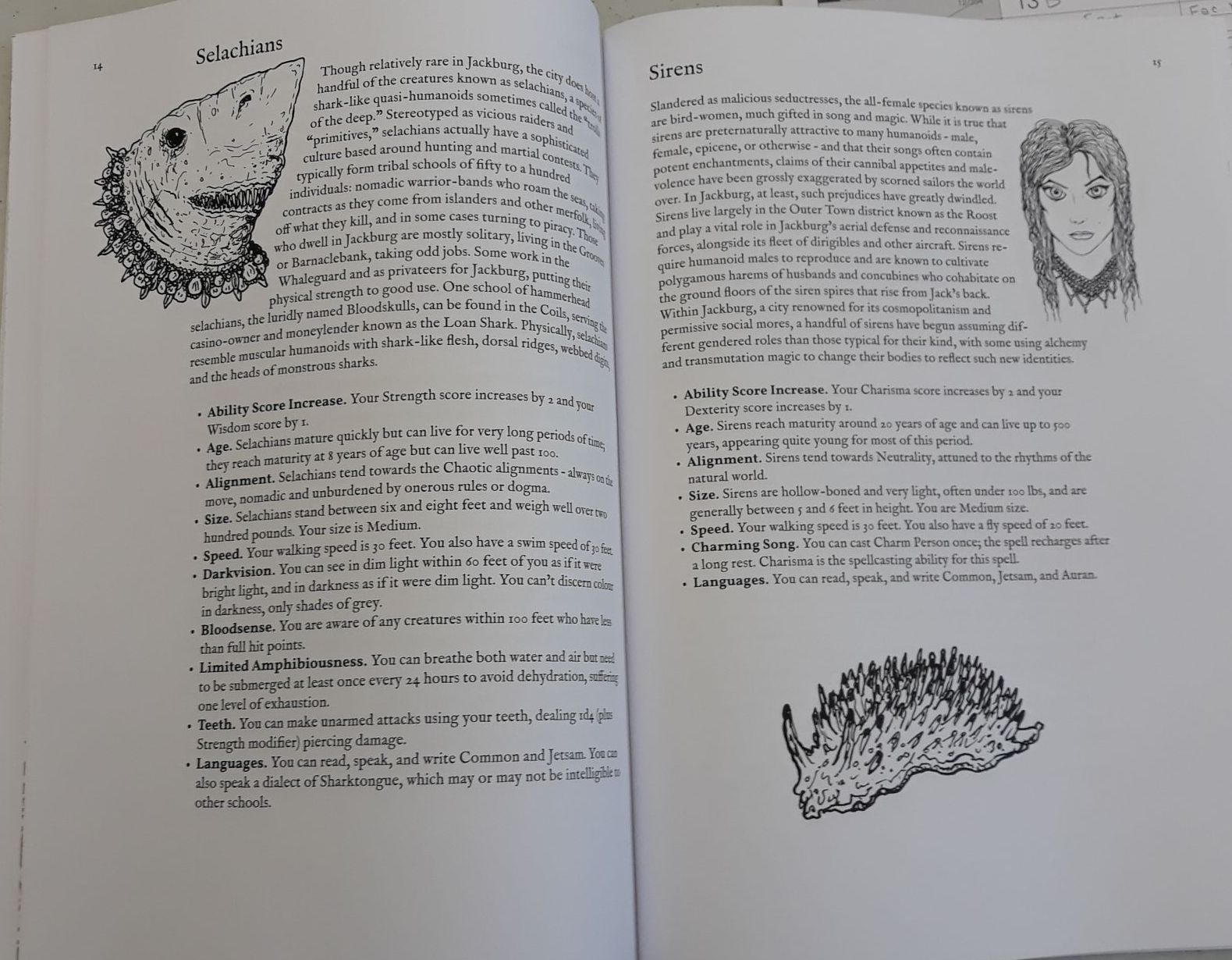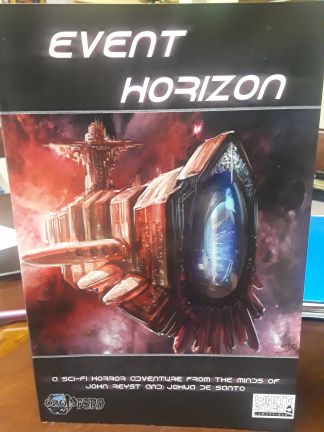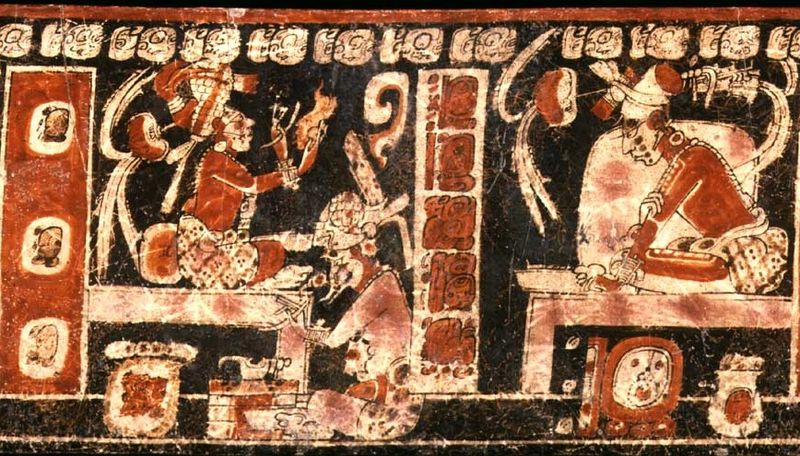Founders & Legends III
So, what with the meeting restrictions imposed by governments local and beyond, the game convention has gone the way of the dodo, but with the qualifier that perhaps the dodo will recover and waddle once again. Some conventions have moved to an online format. One of these is Founders & Legends, running the weekend during which I typed up this paltry review.

The Good
Curious to experience the online convention thing, I registered my son Christopher and me for the weekend. I’m not quite sure why I paid as much money to get through the virtual door as I would have to paid to get through a real door at a convention held in a facility somewhere, but, in fairness, I could have paid for a lower level of access, so that’s on me. Also, Founders & Legends has partnered with Extra Life, so some of the money spent goes to a noble cause. That’s a good thing, and kudos to the Luke Gygax team for supporting Extra Life.
The registration system via Tabletop Systems worked smoothly. In short order, Christopher and I were registered and signed up for two Adventurers League (AL) games, a sort of part one and part two of a continuing saga. We made up two 1st-level characters using AL guidelines, which are straightforward and pretty much exactly what the 5E Player’s Handbook says to do. Our characters, from start to finish, took about 15 minutes, all off-line the old-fashioned way, recording information via pencil on paper.
I found two pictures online to represent our characters and uploaded those via Discord to the DM, who turned the pics into tokens for use with Roll20. After this, we relaxed a bit, waiting for the first event’s beginning.
The events amused well enough. The situations the characters found themselves in were clear, and there was a good mix of roleplaying and action. The DM kept the game moving and used the Roll20 tools to keep things organized. While there were a few technical glitches (more on these in a bit), the Roll20 learning curve isn’t that steep (at least from the player’s side), and the same DM had the game running more smoothly during the second event.
I did have a few difficulties early on after registration. I’ve barely touched (metaphorically) speaking Discord. The virtual help desk and the DM proved most helpful for navigating the details of how to get the audio to work, how to access the correct channels, et cetera. The people working “at” the convention were polite and professional.
The Bad
Not everything we experienced with Founders & Legends evoked thoughts of puppies and ice cream sundaes. Fortunately, most of the bad was pretty much beyond anyone’s control.
Discord and Roll20 both had system wide crashes due to some sort of server or something. I’m far from the most technical person you can find, but I do know that both programs were inaccessible for about an hour. That said, the outage occurred after event one ended and before event two started, so it didn’t affect our convention experience. To paraphrase Suicidal Tendencies, it’s not a problem if it doesn’t affect me. We also had players in both sessions who got booted by Roll20 and/or erred with using Roll20, making communication somewhat inconsistent.
Discord was used for audio, which had a mandatory press-to-talk feature. My Discord settings had me designate a key (or combination of keys) on the keyboard that I had to press in order to be heard. When I stopped pressing the key, nothing on my side of the screen was audible. This isn’t necessarily a bad thing, but too often folks stopped pressing keys before they stopped speaking, especially during session one.
This meant that Christopher and I missed the last words of the DM’s statements. “The monster claws you, inflicting —” proves to be less informative than it needs to be. Another player saying “Can you move to —” does not convey the request. Unlike the system crashes, the press-to-talk problems were nothing other than human error.
The lack of video other than Roll20’s virtual battlemat bugged me. I didn’t particularly enjoy gaming with disembodied voices that I could only hear when the owners of those voices were pressing to talk. Most of human communication is body language and voice tone. With no video of the player’s faces, et cetera, the quality of communication necessarily degrades.
The Ugly
It’s been months, if not a year-plus, since Christopher and I have participated in Adventurers League. When we did, we did so solely to reunite with a long-lost gaming friend. (Hi, Don!) If Don had not been playing in the AL games, we’d have stayed home.
AL adventures, much like the earlier version Living City, occur within the Forgotten Realms, which must be popular, but with which I’ve never been a huge fan. Every AL and Living City adventure) I’ve ever played in or run shared a these characteristics:
- An Almost to Totally Linear Structure
- A Preponderance of Do-Nothing NPCs
- Offenses against Player Freedom
Permit me to explain with reference to a Living City adventure I played in way back when at local gaming convention.
Our party of adventurers were hired as security for a dinner party. The Lords of Waterdeep attended. No character in our group had advanced past 4th or 5th level. The Lords of Waterdeep hired low-level characters for security. The Lords of Waterdeep, who often had double-digit levels in at least one class along the the magic items one would expect powerful characters to have, had no need of low-level guards, and yet there we were. Fine. Whatever.
Then, Trouble started, and the Lords of Waterdeep huddled in the ballroom and imperiously ordered our low-level characters go deal with the trouble. Any one Lord of Waterdeep could have solved the problems single-handedly, but Do-Nothing NPCs don’t solve problems. They do nothing unless interacted with, and then they stick to the script. They’re tabletop RPG versions of MMORPG shopkeepers.
Then, our characters moved from A to B to C. Each encounter ended with rails leading to the next encounter. Even being presented with a choice going from A to C doesn’t change this since C leads back to A, then to B, et cetera. Sure, this isn’t linear strictly speaking, but A becomes the center of a wheel with spokes and no rim. In another scenario, this one an AL adventure, the final act of the adventure was prescribed. Nothing our characters did at any point during the adventure would avoid or alter the final act. The adventure’s author dictated that the adventure end This Way Only.
Again, every single AL adventure I’ve run or played has these problems. The wiser DM retools the adventure’s structure to remove or at least reduce the severity of these problems, which are purely the result of bad adventure design.
The End
Would I participate in an on-line gaming convention again? Probably not.
Supporting a worthy cause such as Extra Life is a good thing to do, but I think my time and money would have been better used donating directly to Extra Life and spending time with Christopher (and perhaps my wife and daughter as well) doing something else. I don’t regret Founders & Legends, and I only experienced one small part of it, so it’s possible (even likely) that my experience was an anomaly.
